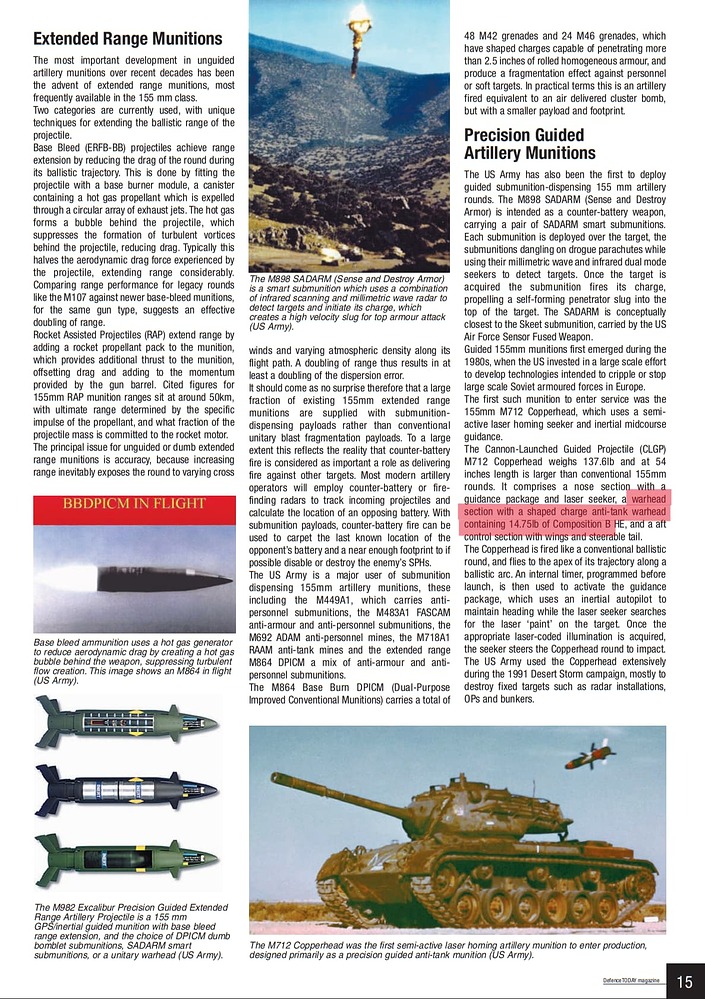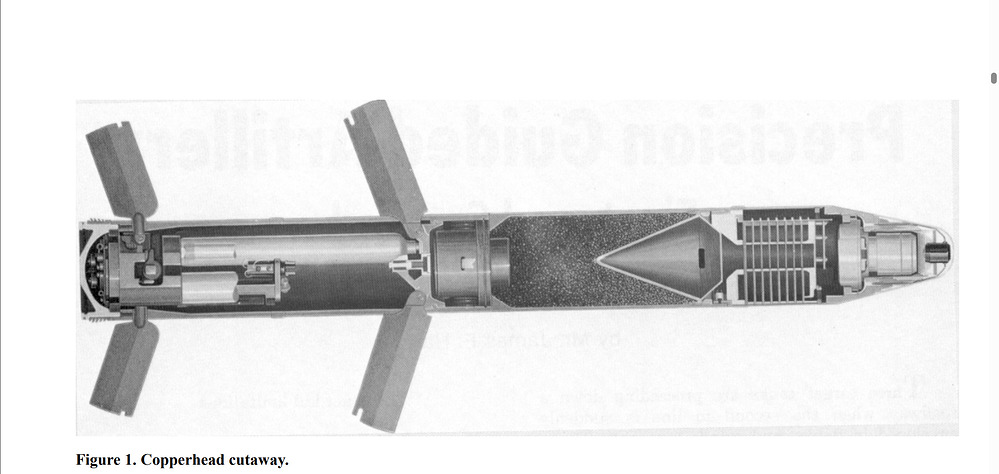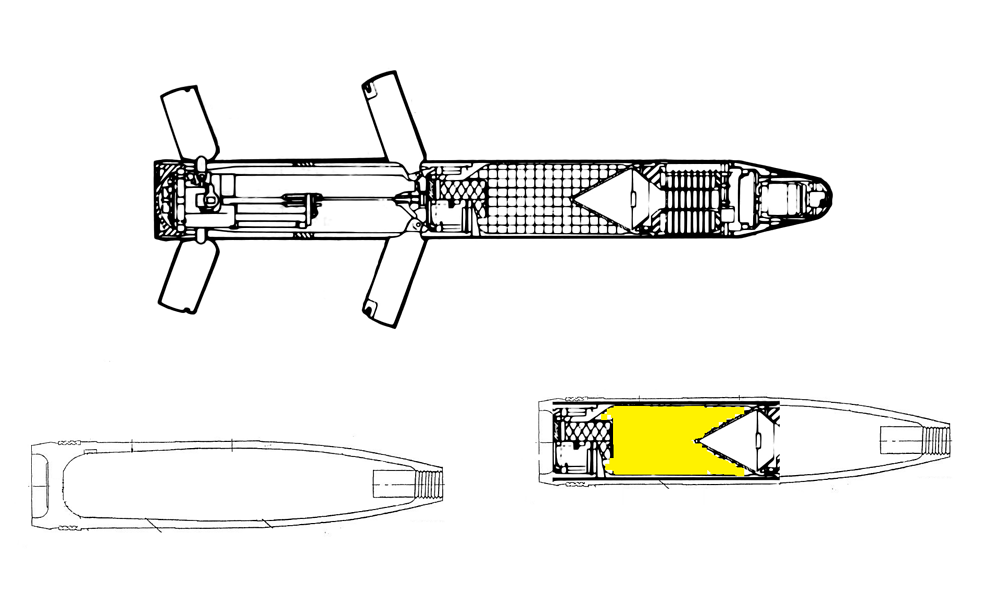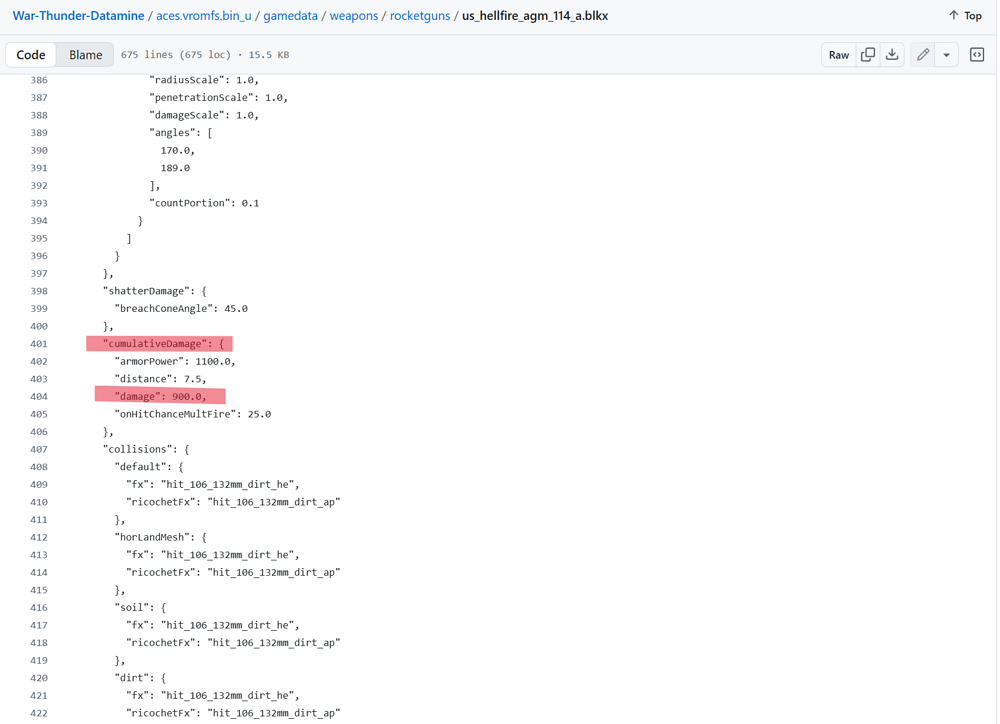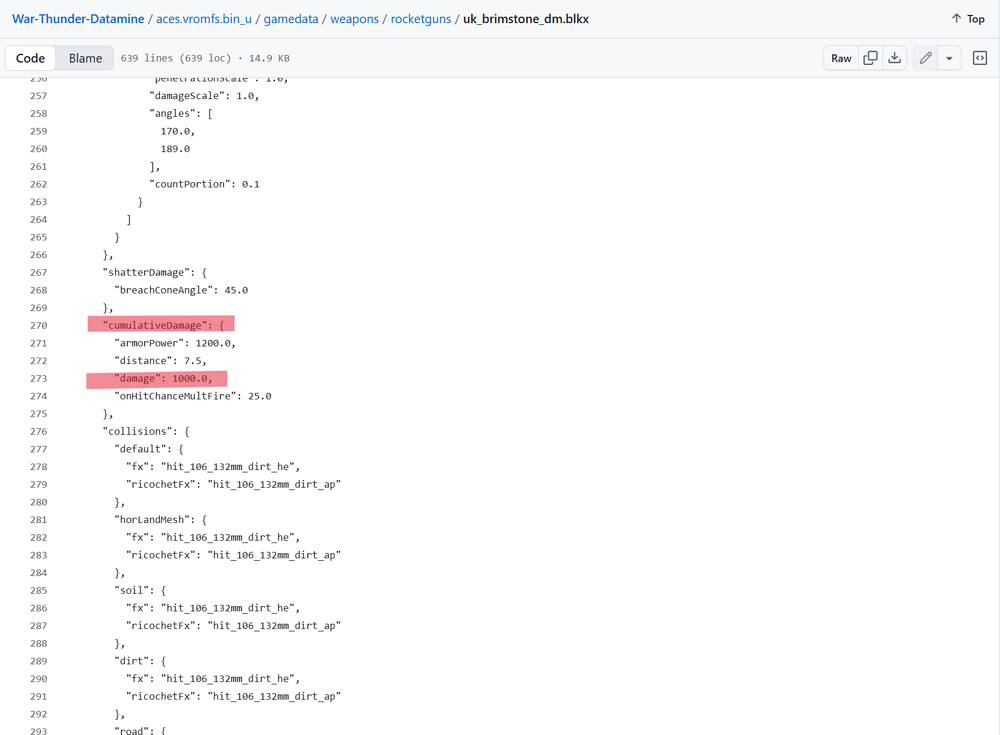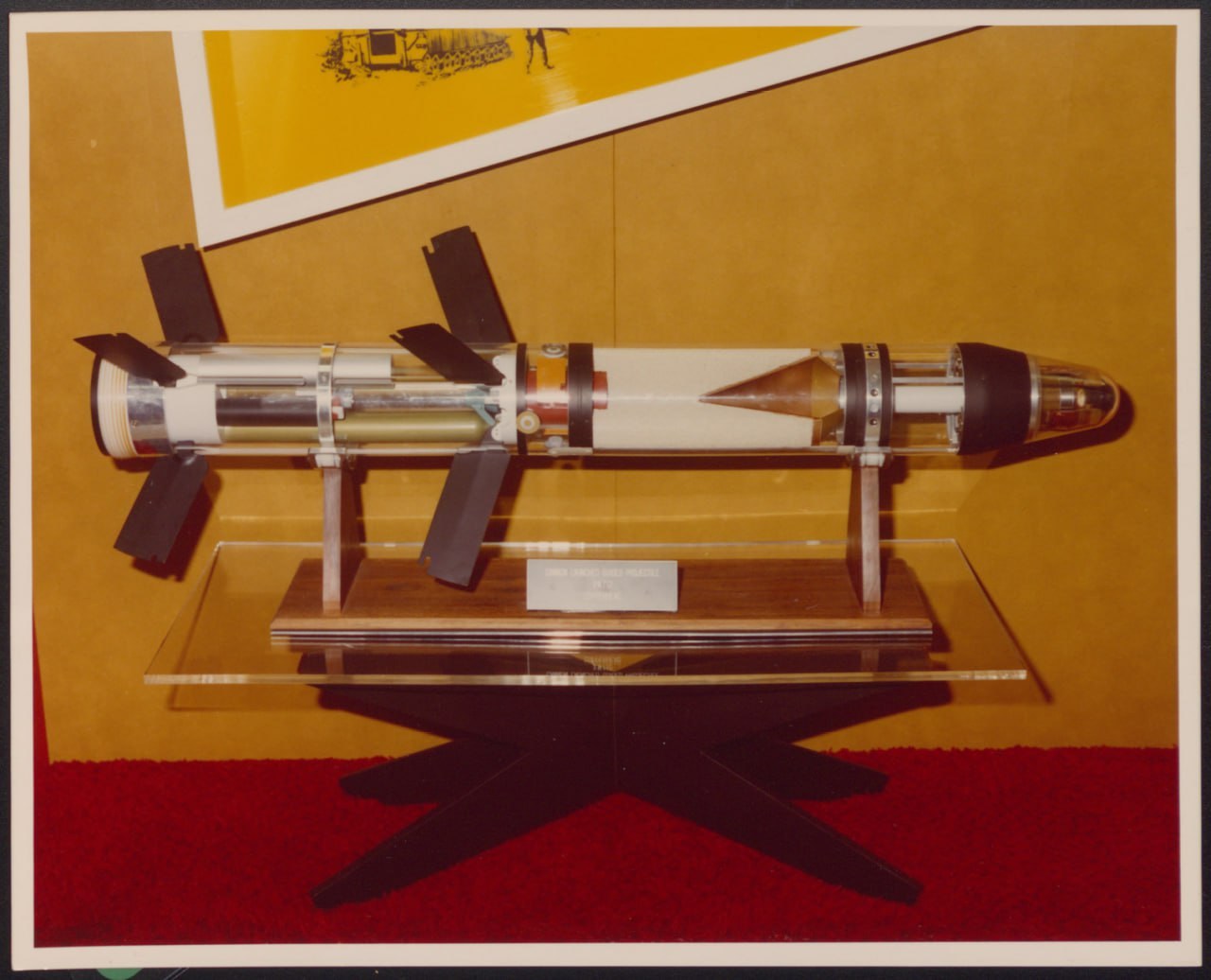This time, I would like to propose a plan to reuse the 155mm M712 copperhead warhead for the T267 HEAT round used in the T58.
suggestion
The most troubling issue with the T267 HEAT round is that even after searching various US Army documents, there is almost no information available. The only information available is the muzzle velocity and shell weight in the documents for the 155mm T180 gun mounted on the T58, but there are no blueprints, let alone any information on the type or amount of explosive used. This could be a troubling issue not only for us but also for the developers.
Therefore, what we are proposing this time is to reuse the data from the 155mm M712 copperhead used by the US Army for the T267 HEAT round.
The M712 copperhead is a laser-guided artillery shell fired from a 155mm howitzer. Research and development began in the 1970s and the weapon is still in use today.
This round is a 6.69 kg Composition B shaped charge round, and can therefore be considered a 155 mm calibre HEAT round.
This is a photo of the internal structure.
At first glance, the M712’s structure does not need to withstand the high internal pressure of the barrel like a gun launcher-type missile, and the shell appears to be thin, but in reality, the M712’s range is 16 km, and to achieve this, it needs to be fired at a muzzle velocity of around 600 m/s. In other words, because it is designed to withstand high internal pressure, the shell is somewhat thick, similar to that of a regular HEAT round.
When comparing the M712 with the commonly used M795 HE round, we can see that the size of the M712’s warhead is small enough to fit inside a typical HE round.
Applied to T267 HEAT ammunition
If we use the data for the M712 warhead, the caliber is the same as the T267 HEAT round, 155mm, so we can avoid the complicated process of taking into account the difference in caliber. This is a major advantage.
Additionally, Composition B has an explosive weight of 6.69 kg, which is equivalent to 8.89 kg of TNT (10.63 kg if the explosive is Octol). In this case, the HE penetration is 61 mm, and it also becomes possible to destroy targets by overpressure, which is a major advantage for the T58, which has severe restrictions of only 21 rounds carried and only six rounds in the autoloader.
Someone previously pointed out that the damage done by the T267 HEAT rounds was weak, but there is no need to worry anymore as you can expect damage from overpressure in addition to damage from cumulative jets.
Since the explosive weight is nearly 9kg, in-game damage coefficients change depending on the explosive weight of HEAT rounds, so the damage coefficient needs to be increased from the current 400 to achieve an appropriate damage coefficient.
Missiles with 9kg explosive weights are often coded for 800-1000, so if an M712 warhead is used for the T267 HEAT round, the damage coefficient will similarly increase significantly to 800-1000.
Damage coefficient for 8.02 kg HEAT shell (AGM-114)
Damage coefficient for 9.4 kg HEAT shells (Brimstone)
We proposed to use the M712 copperhead warhead for the T267 HEAT round.
The test server has now closed, but we would like to continue discussing with you all and come up with better suggestions.
If you have any ideas, please let us know.
